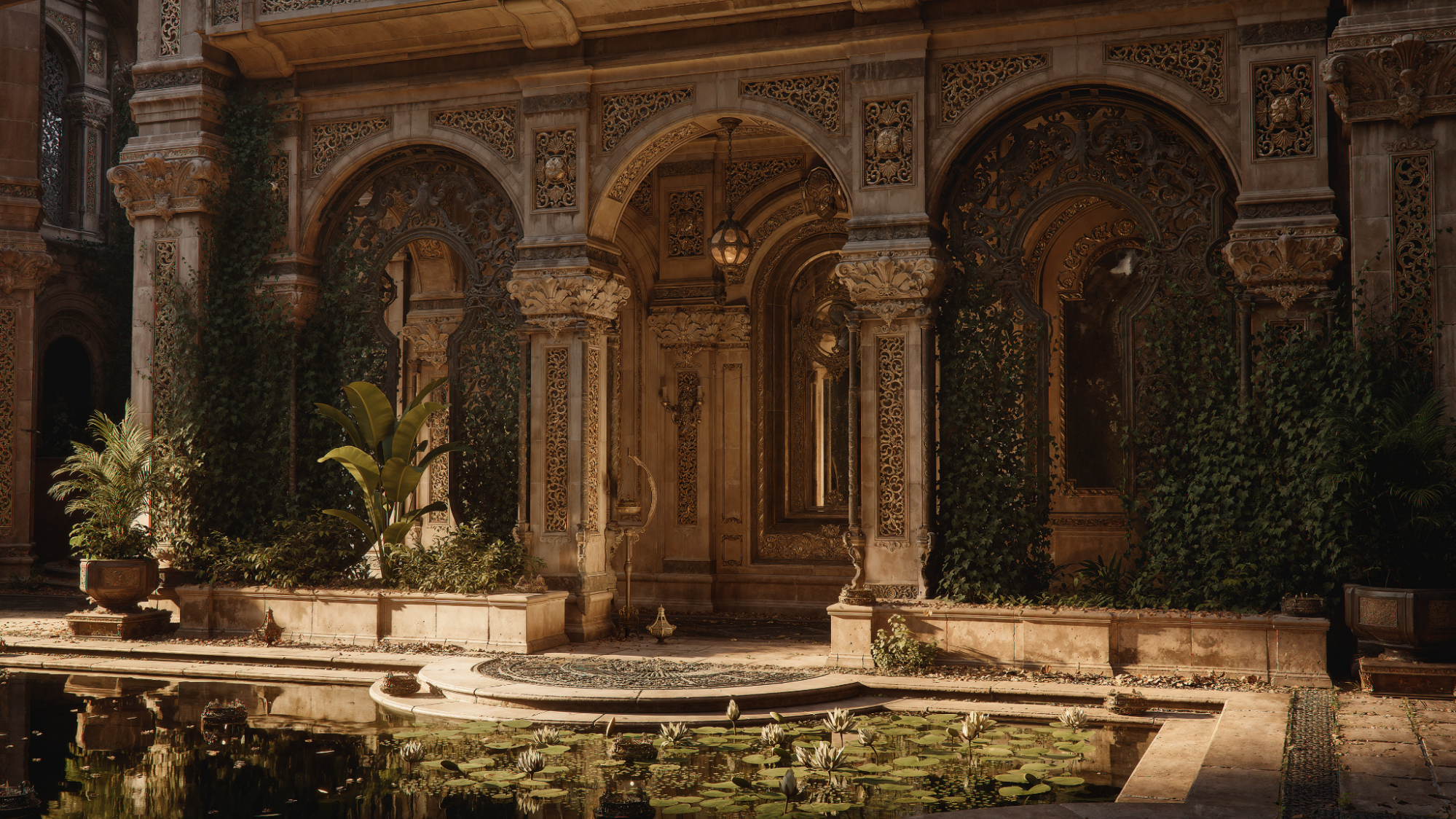Social media for artists: A lifeline or a curse?
As some artists jump ship, top creatives debate the side effects of social media.
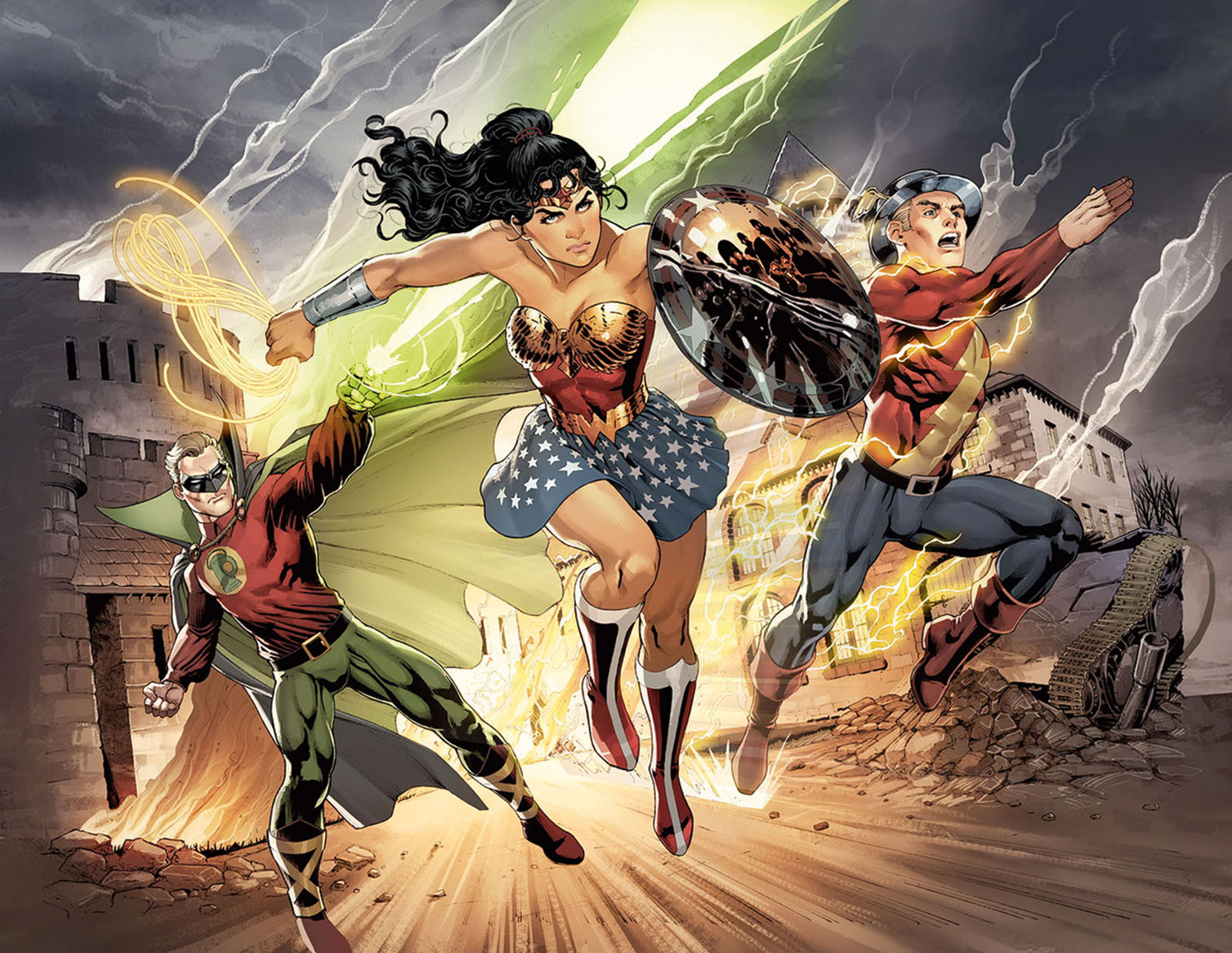
Likes. Retweets. Upvotes. They’ve all become common ways to gauge the popularity of our thoughts, and for those in the creative industries, our work. But are sites like Facebook, Twitter and Instagram a blessing or a curse for artists?
Just like any innovation, it all depends on how you use them. If you’re monitoring the performance of your latest status before you go to bed, it might be time to reassess your relationship with social media. However, when used right, these platforms can reap amazing rewards.
“I’ve discovered so many new artists who inspire me every day just from their social media posts,” says illustrator and Marvel comic artist Jen Bartel, who also uses social media to get her work in front of potential clients.
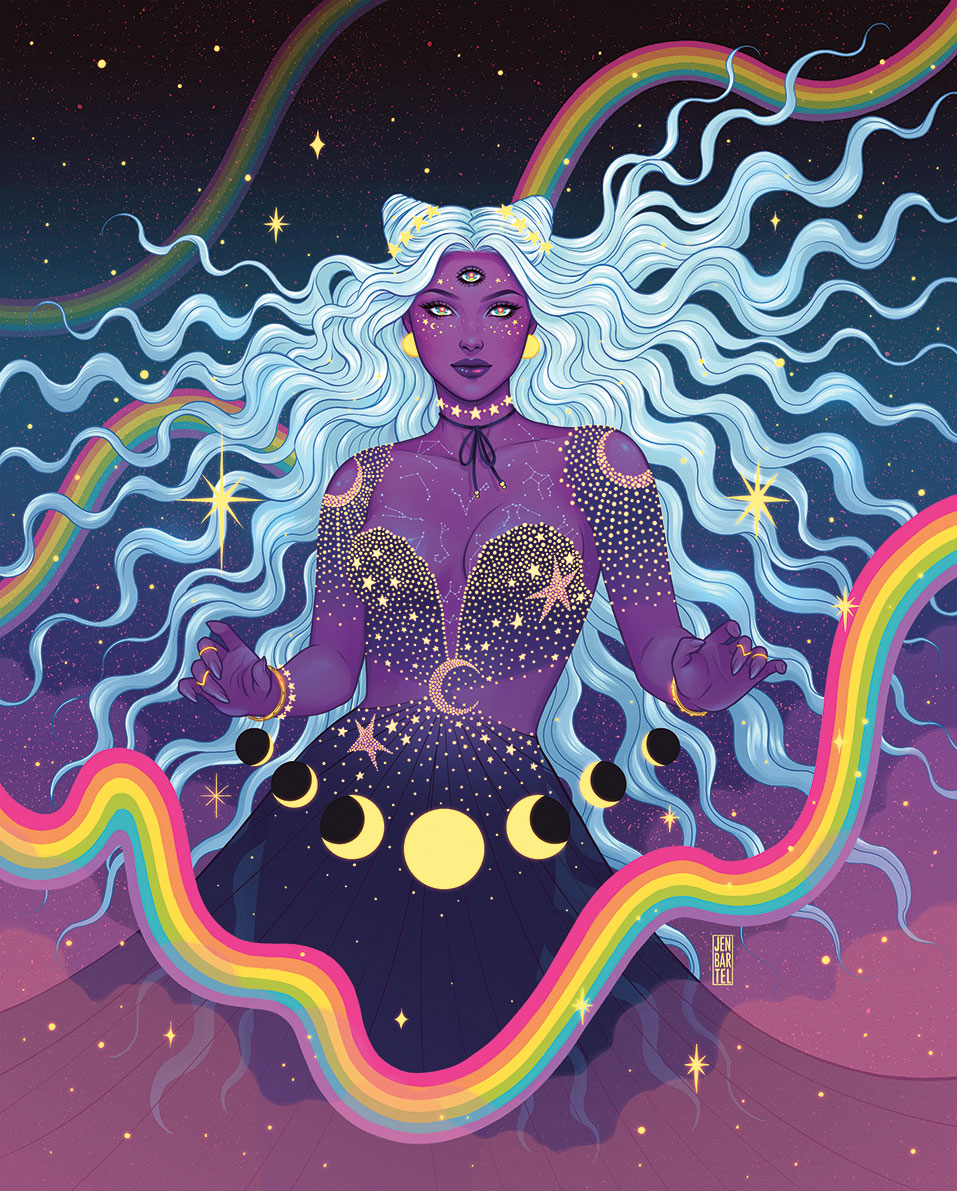
“Working on comics often means working long hours in isolation, and finding those connections online is such an amazing lifeline for many of us,” she says. For Art Camp founder Noah Bradley, social media has overtaken traditional routes to exposure.
Through Twitter, Instagram and Facebook we can share in each others’ triumphs
Nicola Scott
“I benefited from social media in building a fanbase for my work and connecting with fellow creators,” Bradley says. “I think I’d have had a harder time becoming as well known as I am now without it.”
It isn’t all about business, though. For Sydney-based Wonder Woman artist Nicola Scott, living on the other side of the planet to where the rest of the industry is located feels less isolating thanks to social media.
“I get far fewer opportunities to meet or catch up with peers, mentors and fans,” Scott says, “but through Twitter, Instagram and Facebook we can share in each others’ triumphs and slumps, promote and share our work.”
Get the Creative Bloq Newsletter
Daily design news, reviews, how-tos and more, as picked by the editors.
Taking time out
Despite these benefits, freelance illustrator Charles Chaisson is keen to point out an important social media side-effect. “Social media prompts the release of dopamine, which is a chemical associated with pleasure in your brain,” he says. “I think it’s important to be cognizant of how that interaction affects us mentally.”
Like many users, Chaisson is limiting his time on social media in reaction to this. “What I tend to do is make sure that my phone is out of my line of sight,” he says. “It’s pretty easy to forget about checking your phone once it’s not attached to your body, or sitting in front of you at all times.”
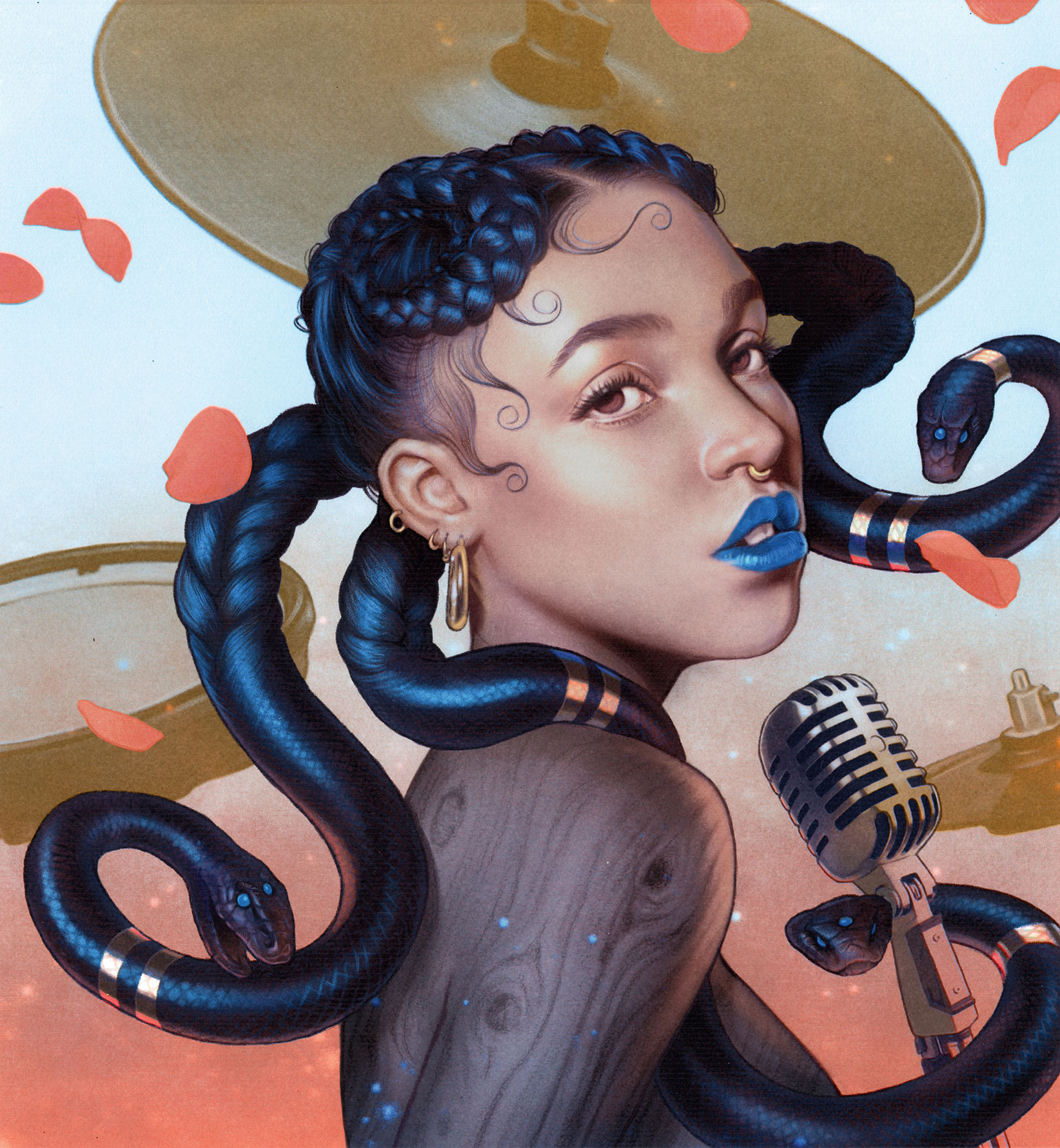
However, there’s more to managing a social media presence than willpower alone. With online profiles blurring the line between where a person ends and their work begins, it’s important for artists to make clear the distinction between the two.
Jen Bartel uses her Twitter account for both work and fun, but errs towards the professional end of the spectrum. “I view social media as part of my job,” she says. “I also have designated times when I’m more active on it.”
Yet even the best intentions can slip after a while. For artists struggling to use social media constructively, there are a few options to consider. Scheduling updates through tools such as Hootsuite, TweetDeck or Buffer takes away the distraction of endlessly updating feeds. Users can simply plan their content in one batch and then check back in to take care of replies whenever suits them.
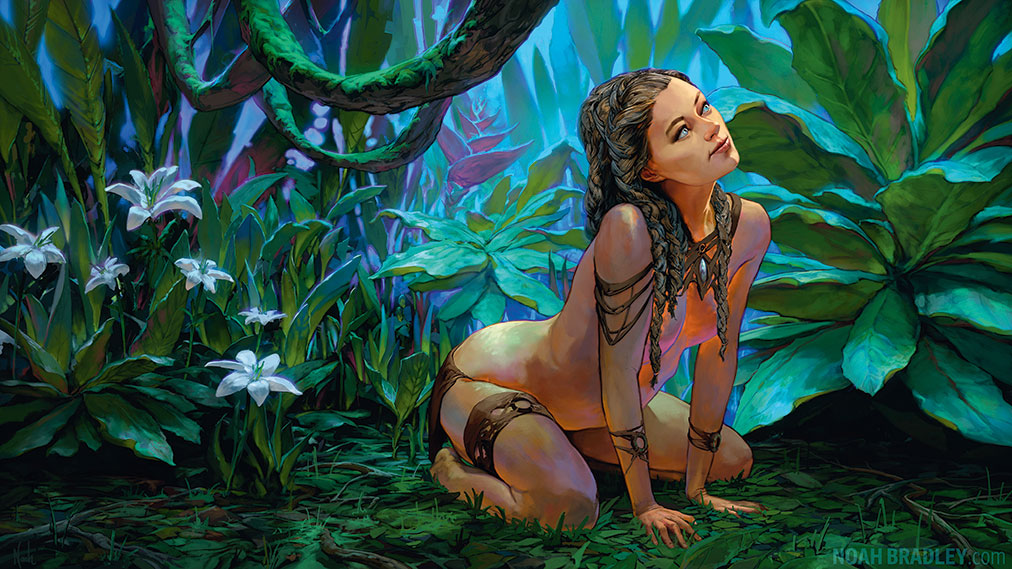
Another option is to set up a dedicated artist account across all platforms, while keeping personal profiles separate. This is a popular way to contain thoughts and opinions that don’t need to find a wider audience. Although a batch of accounts isn’t for everyone.
“That felt like way too much work for my taste,” says Bradley, who decided to step away from social media completely. “It was a source of stress I didn’t need in my life.”
It turned out to be a good choice for Bradley, with the cost of online popularity worth less than emotional wellbeing: “I’m free to dive right into my creations. There’s no tickling feeling of social media at my back.”
Artist appeal
Artistic productivity isn’t always hindered by social media. In fact, the platforms provide a useful way to work out a draft. “Sharing WIPs with followers usually gives me a sense of how people will respond to the final artwork,” says Chaisson.
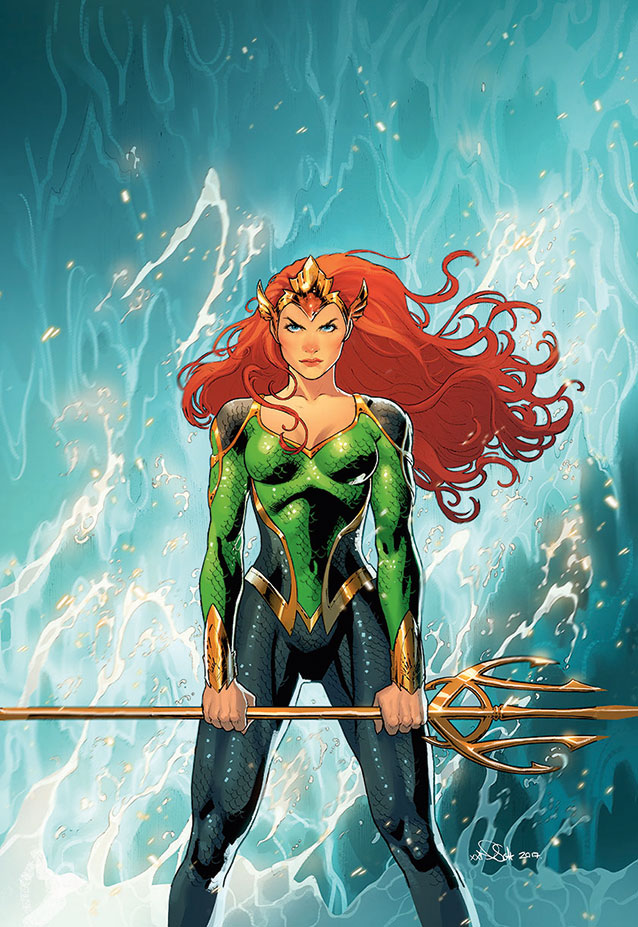
“If you’re friends with a lot of artists, sometimes they’ll point out something that looks odd or needs to be tweaked that maybe you didn’t notice while working on the image yourself.”
“I love seeing other artists work,” says Scott. “It can be fascinating to discover where and when an artist chooses to ‘finish’ their work.”
Drawn together
Even with their tendency to play with algorithms and change how users see posts, social media sites remain popular with artists. “Social media gives artists publicity that enable us to show our art to people around the world – which is pretty incredible if you think about it,” says Chaisson.
For artists, this publicity can be a revenue lifeline. “I think that just speaks to the fact that artists are being increasingly devalued in the internet age, so any potential revenue streams are worth exploring,” says comic book artist Staz Johnson.
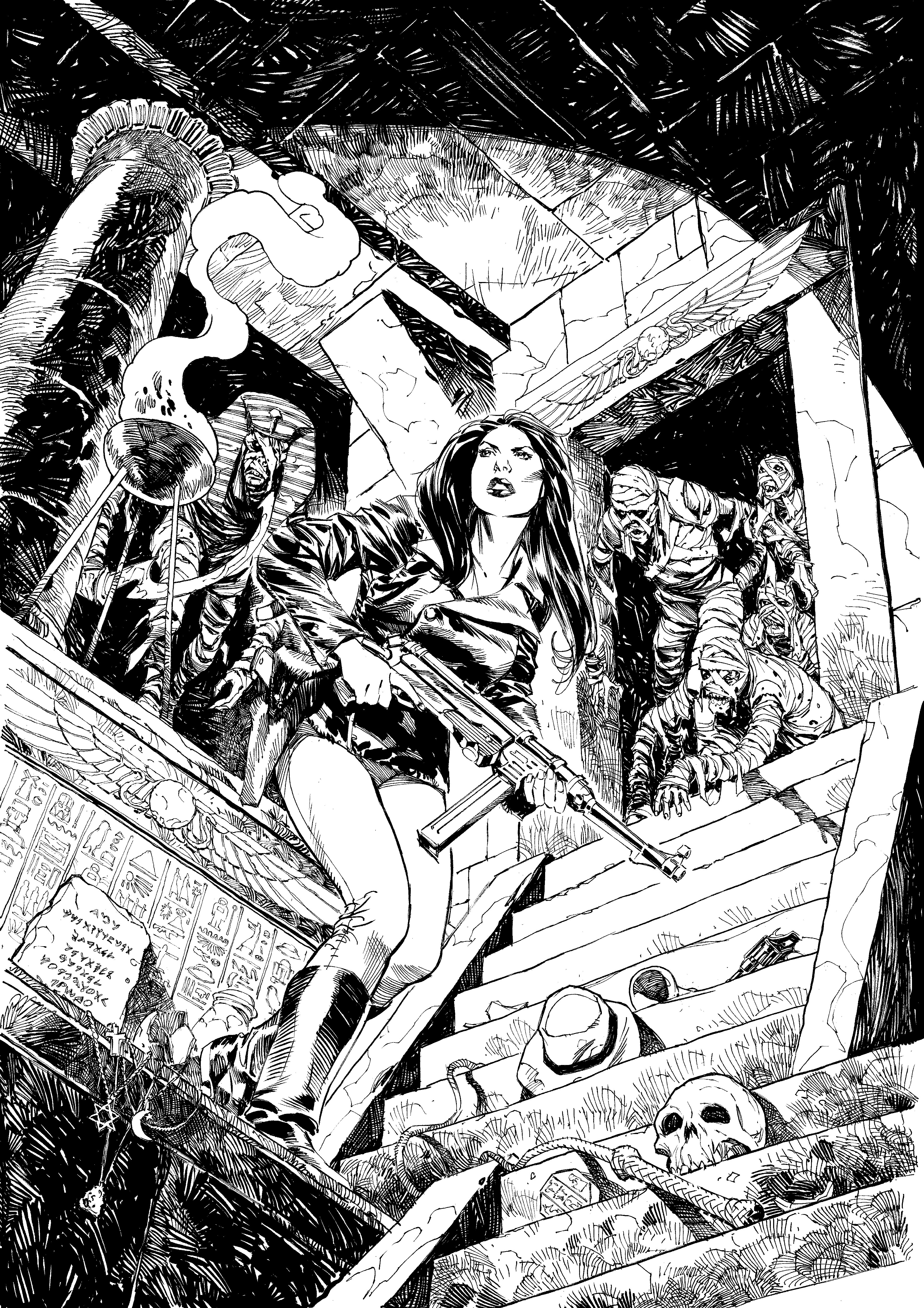
Nothing’s perfect though, and following a recent migration of artists to the promising new pastures of ad-free social media site Vero, Bartel thinks a chronological timeline is what creatives are crying out for.
“Instagram’s new algorithms have hurt a lot of people and the minute there’s a comparable platform, they’re going to jump ship,” she says. “I’m not sure that platform is necessarily Vero, but fingers crossed something comparable will be released soon.”
Ultimately, Bartel still thinks that social media can be a force for good. “Before social media, artists had to rely a lot more on getting their work published through official channels. Now we control how much content we put in front of our followers.
Opener image: Nicola Scott
This article originally appeared in ImagineFX issue 160; subscribe here.
Related articles:

Thank you for reading 5 articles this month* Join now for unlimited access
Enjoy your first month for just £1 / $1 / €1
*Read 5 free articles per month without a subscription

Join now for unlimited access
Try first month for just £1 / $1 / €1

Dom Carter is a freelance writer who specialises in art and design. Formerly a staff writer for Creative Bloq, his work has also appeared on Creative Boom and in the pages of ImagineFX, Computer Arts, 3D World, and .net. He has been a D&AD New Blood judge, and has a particular interest in picture books.
